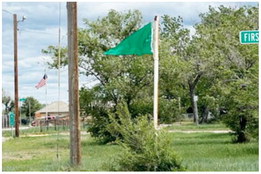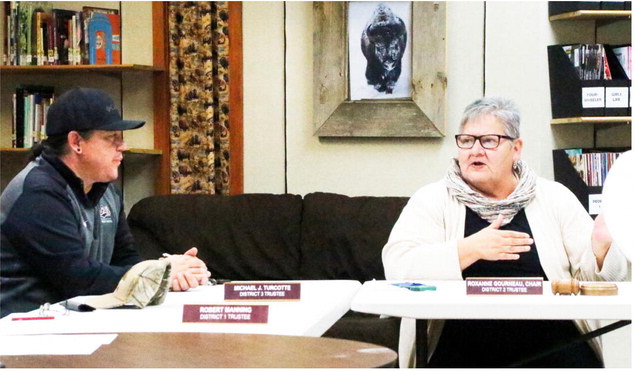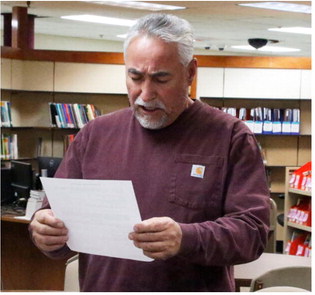Fort Peck EPA Implements Air Quality Flag Program


The Fort Peck Office of Environmental Protection located in Poplar has adopted a new program to raise awareness about air quality issues in Montana. According to Montana FLAG Program Coordinator James Shannon, the smoke from wildfires in Montana has increased the number of days in a year that have poor air quality ratings. The widespread and growing risk of wildfires has adverse effects on human health. With the most significant pollutant being particulate matter. This pollutant is suspended in the air, can travel for miles, and makes up the haze that is visible when smoke is in the air. This particle is onetenth the width of a human hair. It can lodge itself deep into the tissues of the lower respiratory system where it enters the bloodstream and makes its way to the brain. When wildfires are not the primary concern, inversion layers can trap PM2.5 from wood-burning stoves low in the atmosphere during the winter months.
PM2.5 can immediately decrease lung function in everyone. Those suffering from respiratory ailments such as asthma are especially susceptible to the harm caused by poor air quality. PM2.5 does not just affect the respiratory system; it can cause burning to the eyes and throat as well as increase blood pressure. PM2.5 increases the risk of premature birth and decreases cognitive function in everyone. Children and teens are at an increased risk of poor air quality because their respiratory systems are still developing. They breathe more air per pound of body weight, are more likely to be active outside, and are more likely to have asthma.
How can the air quality level be communicated to protect the community? The first step is to check the PM2.5 air quality index for a particular location at airnow. gov or map.purpleair.com to find the nearest monitor. Airnow.gov reads the average AQI over a 24 hour period. Map.purpleair.com updates the AQI every 10 minutes. There can be a discrepancy between the two air quality readings, but both are reliable and accurate.
The second step is to inform the community of the AQI by implementing the EPA Air Quality Flag Program. This program uses brightly colored flags based on the AQI to notify areas about outdoor air quality conditions.
“The program is a good fit for a school, health clinic, or a concerned business to adopt and inform about the AQI,” said Shannon.
The Montana Health Professionals for a Healthy Climate will provide the materials needed for the program, including the flags, a flagpole, education materials, and will also present on air quality’s effect on respiratory health. If a community lacks a nearby air monitor, the MTHPHC will provide a Purple Air Monitor at no cost. One purpose of the program is to get the community to know where they can look for AQI data. Go to fire.airnow.gov or purpleair.gov, and they will see the AQ for their community.
The third step is to plan activities accordingly based on the AQI. On days when the air quality level is above 150, all strenuous outdoor activity should be avoided, windows should be shut, and HVAC systems should be turned on to filter air. Teachers should plan recess accordingly based on the AQI, and schools should have asthma plans for their students.
The Fort Peck Office of Environmental Protection in Poplar, MT, has adopted the EPA Flag Program to protect the respiratory health of the Fort Peck community. This location has received a Purple Air Monitor to provide an accurate AQI reading for Poplar.
If you would like to implement the EPA Flag Program in your community or learn more about climate change’s effect on human health, reach out to the program coordinator at shannon.james@montanahphc. org.

